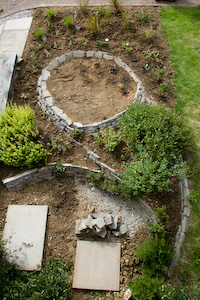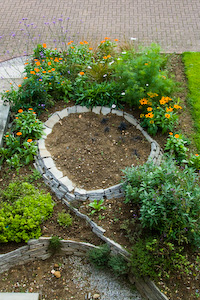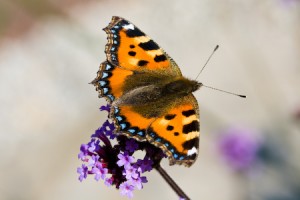I just thought I would share a few stories that I found on my newsfeeds this week.
The BBC today had a story about British Waterways who are looking to add hydroelectric turbines to some of the land it owns alongside the canals. It is hoped that they will produce enough electricity to power 45,000 homes and generate £1 million for British Waterways.
According to Now Public our Horse Chestnut trees are under attack again. First it was a fungus, and now it is a Greek Moth that is creating havoc with our conkers. The moths are spread by the wind and have so far reached the Midlands. Fortunately it is believed that the trees will be able to withstand the damage and will be back to their leafy best next year.
New Scientist reports on some research which is looking at different forms of fungus for use in the desulphurisation of crude oil. Although this approach is not new, the latest find would, at first sight, appear to be more efficient than previously discovered sulphur removing bacteria. The advantage of this approach is that it is carried out at room temperature unlike traditional refining which requires temperatures up to 455oC and pressures 200 times atmospheric.
The Economist reported that bears are being given a bad press in North America this Summer with increasingly lurid stories about bear attacks grabbing the headlines. Although bear attacks resulting in injury or death are relatively uncommon (only 13 incidents in North America this year with only one fatality), this is not stopping the news reports fuelling peoples’ fears as more people venture into bear territory whilst out walking, cycling and camping. Stories telling how one man survived by playing dead whilst the bear “tried to eat my brains” certainly won’t help.
Finally, No Impact Man is trying to start a campaign to stop people buying bottled water. Although he does live in America, many of the sentiments hold true whichever side of the pond you are on. These include cost, the energy consumption to make the bottles, the waste from the bottles, transportation of the bottles and bottled water and the fact that he claims many of the water companies are buying up water rights. He is asking people to stop using bottled water and to just fill a bottle with tap water – something we have been doing for a long time.


